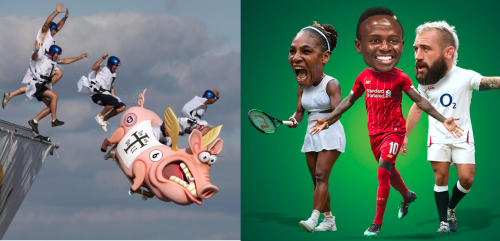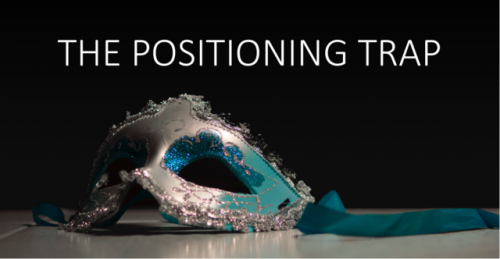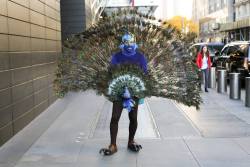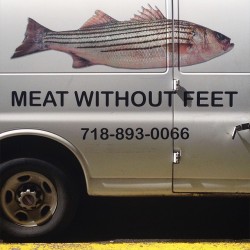
Uncovering what makes great brands great
People identify with brand in many different ways. For some brand is about reputation, or purpose, or the ethos that drives their business. For others it is simply a tool for selling, a snappy tagline. Men in vans applying vinyl to windows claim to be branding your business.
Even sports commentators refer to the All Blacks as having a specific brand of play
And when journalists speak of big business behaving in a particular way they refer to them as brands.
What connects all of these together? Meaning. Meaning derived through behaviour.
Meaning is what all brands strive for and meaning is how we navigate the world. We are sentient beings; we perceive, reason and think. And is doing so we distil down to simple associations. If you want to develop a sustainable brand, understanding this is essential.
Here are 4 examples:
1. Cheap, on time
2. Safety & reliability
3. Adrenalin fuelled
4. One of your mates
Establishing associations is what is referred to as ‘positioning’. You position associations in the mind of the consumer. The cynical approach would be to think you can do this with a big advertising budget, which helps let’s face it, but it is through consistent behaviour that sustainable brand associations are established, not advertising.
Have you worked out the brands behind the positioning associations above? The first is Ryanair, a brand that sure divides people, but who have over time and consistent behaviour established a positioning that has made them the largest European airline. The second is Volvo. The last two might be more challenging because they do not specifically communicate these words in their communications. Rather they are impressions gained through behaviour. Three is Red Bull, you will no doubt know their tagline ‘Red Bull gives you wings’. Four is Paddy Power.
So how do brands achieve such positioning associations? For every brand the process may be different but for all the fundamental principles are the same: Know yourself and be true to yourself. Know your customer and be true to your customer.
Paddy Power have always been a challenger brand. This is in their DNA; being mischievous, disruptive, daring. This is as true today, even though they are now a global player merged with Betfair and parented by Flutter. How do they manage this, it seems so natural? Well it might be easy to assume that these are a bunch of ‘lads’ having a bit of ‘craic’ but according to Michelle Spillane their Marketing & Brand Director ‘It takes a lot of planning and consideration to be this casual’. The Paddy Power brand is governed by 4 brand pillars. ‘One of your mates’ is the one they ‘lean into most’ according to Michelle. However every casual expression is carefully judged to ensure that they are always on brand. They are sharp witted, another pillar, qualified as never slapstick, always well observed. Being daring, yes another pillar, underpins everything.
It is so important that brands establish foundation principles that guide their behaviour, especially when faced with adversity. Right now stadiums are closed, horses are stabled and dogs kennelled. Not optimum for a betting brand for sure but two factors change all that for Paddy Power. The first is their 4th pillar ‘on the ball’ always being tuned on to current events and always ‘keeping the lights on’ as a brand. The second is a recognition that betting is not what they do; they are in the business of entertainment, so much so that in this time of crisis, have turned their attention to the provision of socially relevant content to maintain their connection with their audiences; which has them more connected now that ever.
I have never put a bet on in my life but I would bet on this. Paddy Power will come out of the current crisis stronger. Because they know themselves, are true to themselves, know their audience and are true to them.
There are similarities with Red Bull who are now a global media company who happens to sell drinks. A visit to the Red Bull website and you are presented with a sleek selection of autoplay trailers for shows and videos on sports like mountain biking, BASE jumping, motocross and cliff diving. This is not new though. This has been part of the Red Bull DNA since the beginning 1987. In 1998 the set out to create “the toughest team contest under the sun” From this the Dolomitenmann was conceived: the race which has spawned a thousand hardman legends. Giving people wings and ideas is the operational mantra that is connected to their origin DNA and keeps them relevant today.
So coming back to the original point, that brand means different things to different people and what connects all of those perspectives together is meaning. Meaning which drives behaviour, determines relationships and is reinforced through communication. This is true whether you are a provider of a product or a service, whether you are a small business or a global brand. Central to this is to establish foundation principles that guide behaviour. Principles that are human, founded in meaning and true to who you are. Paddy Power are founded in a challenger mindset and guided by their four pillars. Red Bull are true to their DNA and live by their operational mantra. Every brand to its own unique rhythm but the foundation is the same. Meaning.










